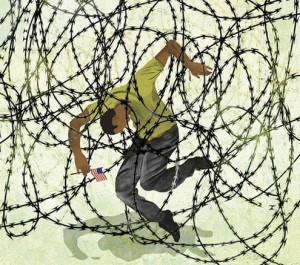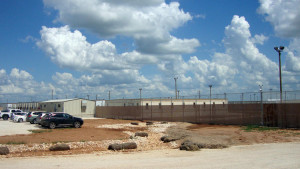The clearinghouse that tracks immigration court backlog says that some places are better than others for immigrations hoping remain in the United States. The Miami Herald reports that’s “… because judges at the Miami immigration court are deemed among the most lenient toward immigrants in the country… the report from the Transactional Records Access Clearinghouse at Syracuse University says that the Miami immigration court is in the top five immigration courts in the country whose judges are more likely to allow immigrants to stay in the country despite deportation orders sought by government trial attorneys representing the Department of Homeland Security.
According to the TRAC study, the Phoenix immigration court ranks No. 1 with “the highest proportion of individuals who were allowed to stay.” In second place was the New York immigration court, followed by Denver in third, San Antonio in fourth and then Miami in fifth, according to the study.
See the TRAC research here.
Read the newspaper’s story here: How lenient are Miami immigration judges? A study ranks the court






